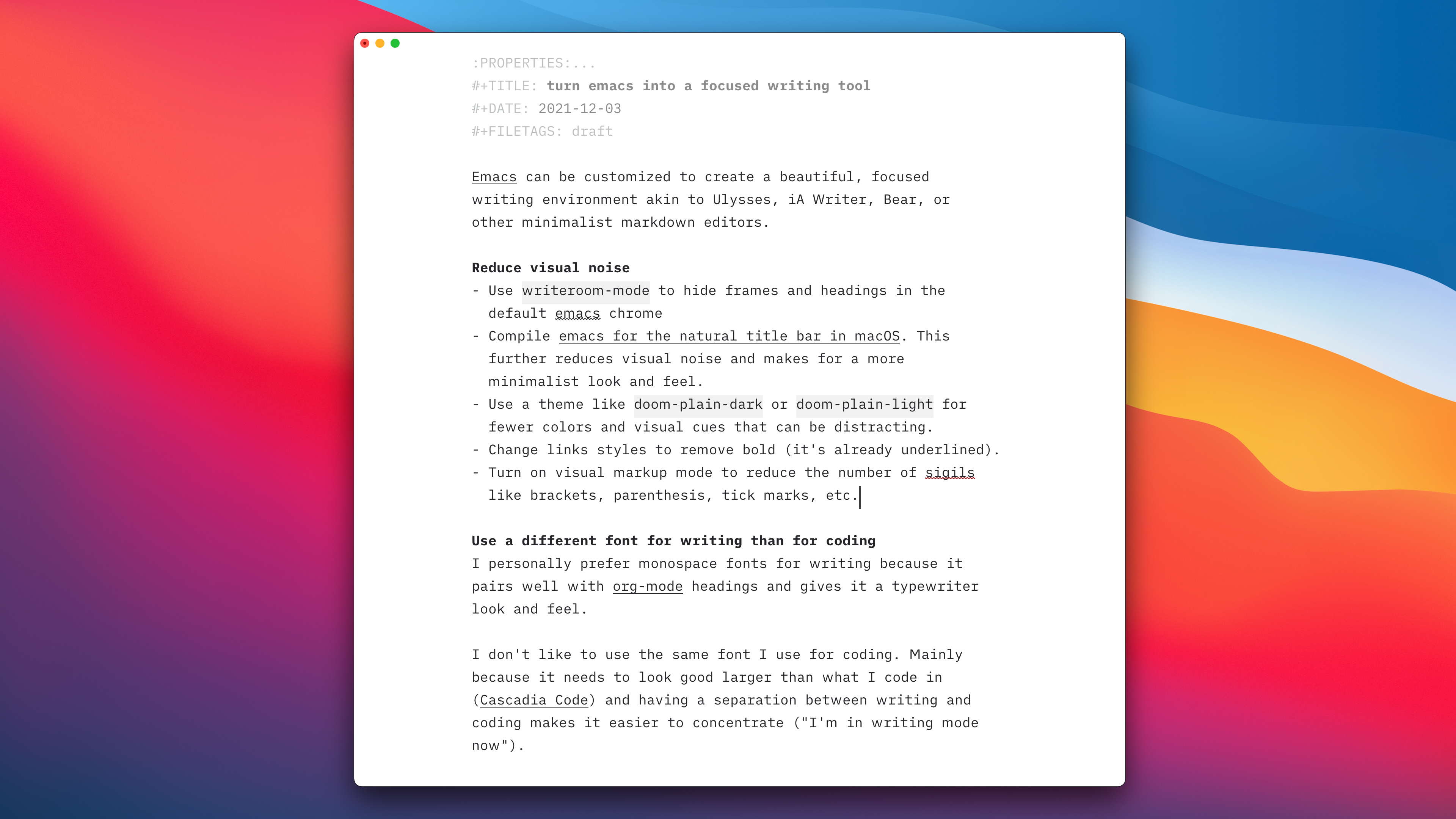Some people find it rude to receive a Calendly link when scheduling a meeting. It pushes the effort of finding a time onto them rather going through the ceremonial back and forth of recursively reducing the set of date times to a mutually agreeable one.
To soften the blow to their ego, I find the following line works best:
“How about a call next week? Let me know what works best for you (calendly link if that’s more convenient).”
90% of the time, the person will schedule the meeting using the Calendly link and spare everyone the back and forth. I suspect the “if that’s more convenient” frames the desired outcome better. It shows you care about their time (convenience) and it’s offered as an alternative (not a command that comes off as presumptuous).
Side note, some people have admins who manage their calendars. It’s best to work with them to book the meeting as it’s more likely the person you are trying to meet will rearrange their calendar. (You might still save them time by sharing your Calendly link for reference).
See also:
- Convenience is king and being the one to present a convenient option helps you drive the conversation.
- A similar problem to scheduling is making it easy to say yes to making an introduction (also through convenience).
- Rescheduling a meeting numerous times is a weird flex, but digital status symbols arise from homogeneity.
